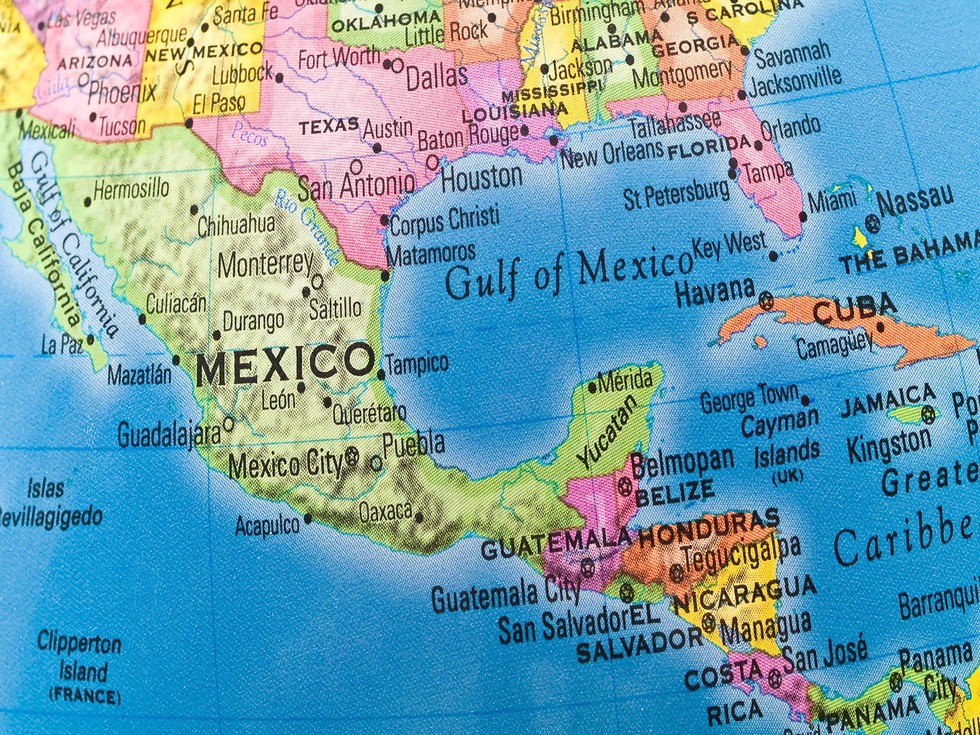
About Gulf of Mexico:
An Israeli strike on a UNRWA school-t...
The Supreme Court recently dismissed ...
The Union Cabinet recently approved t...
About 42% of crude oil production and...
The Irula Snake Catchers' Industrial ...
Recently, the National Instructional ...
Recently, the Union Home Minister of ...
Recently, OpenAI has released a new A...
Recently, researchers have identified...
Recently, the Union Minister for Fish...